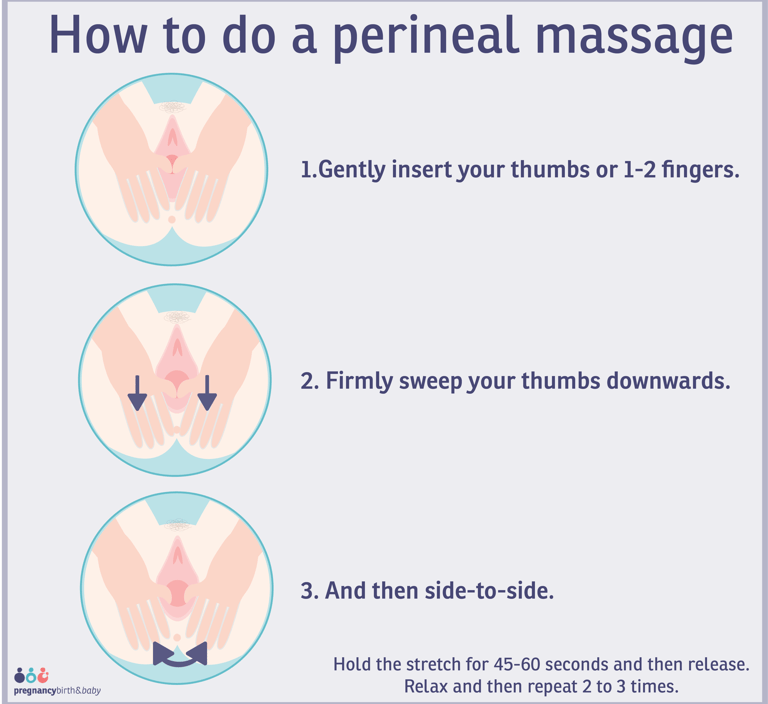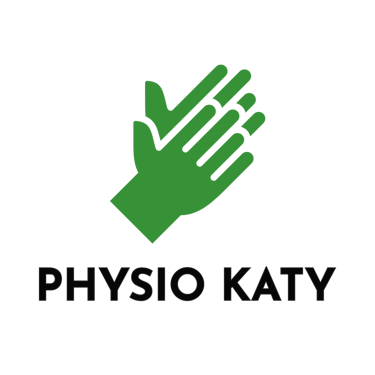Book Online! Email: info@physiokaty.com Phone: 07496 981438
Perineal Massage
Perineal Massage: A Gentle Guide to Preparing for Birth
Are you expecting a baby? If so, you may have heard about perineal massage. This simple technique can help prepare your body for childbirth and reduce the risk of tearing during delivery.
What is perineal massage?
The perineum is the area of skin and muscle between your vagina and anus. Perineal massage involves gently stretching the perineal tissues to help them become more flexible. This can reduce the risk of tearing during childbirth and may make the healing process easier.
Benefits of perineal massage:
Reduced risk of perineal trauma: Studies have shown that regular perineal massage can decrease the likelihood of tearing during childbirth.
Increased comfort during childbirth: Many women report feeling more relaxed and in control during childbirth after practicing perineal massage.
Improved healing: Perineal massage can help promote blood flow to the area, which can aid in healing after delivery.
How to perform perineal massage:
Gather your supplies: You'll need clean hands, unscented lubricant or oil (such as vitamin E oil or almond oil), and a comfortable, private space.
Find a comfortable position: You can perform perineal massage while sitting, standing, or lying down. Experiment to find what works best for you.
Apply lubricant: Apply some amount of lubricant to your fingers and perineum.
Massage gently: Use your thumbs or index fingers to gently stretch the perineum. Start with light pressure and gradually increase as you become more comfortable.
Breathe deeply: Taking deep breaths can help you relax and enjoy the massage.
Practice regularly: Aim to practice perineal massage for 5-10 minutes each day, especially in the third trimester.
Important considerations:
Avoid perineal massage if you have a vaginal infection or herpes.
If you experience pain or discomfort, stop the massage.
Prior to 34 weeks of pregnancy
If you are experiencing cervical shortening (known also as an “incompetent cervix”)
If you are diagnosed with (or suspicious of) placenta praevia; a low-lying placenta, or any other condition where there is pleading from the vagina during the second half of pregnancy
If you have experienced any pre-term labour that has now settled
Partner involvement:
Many women find it helpful to involve their partner in perineal massage. This can be a bonding experience and can help your partner feel more connected to the pregnancy.
Remember, perineal massage is a gentle and effective way to prepare for childbirth. By incorporating it into your pregnancy routine, you can help reduce the risk of tearing and promote a more comfortable birth experience.


Physio Katy
Breeze Yoga 9 Albemarle Rd Beckenham BR3 5HZ
We are located within Breeze Yoga in Beckenham, easily accessible from Beckenham Junction Station
